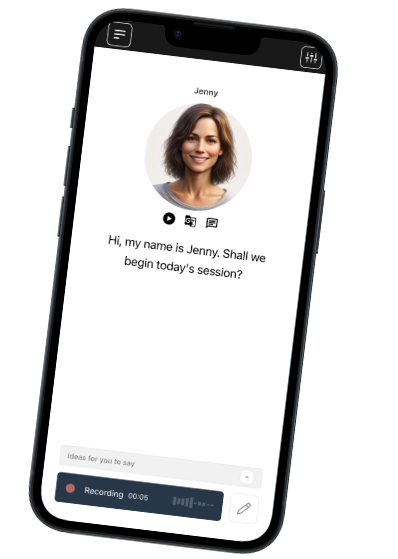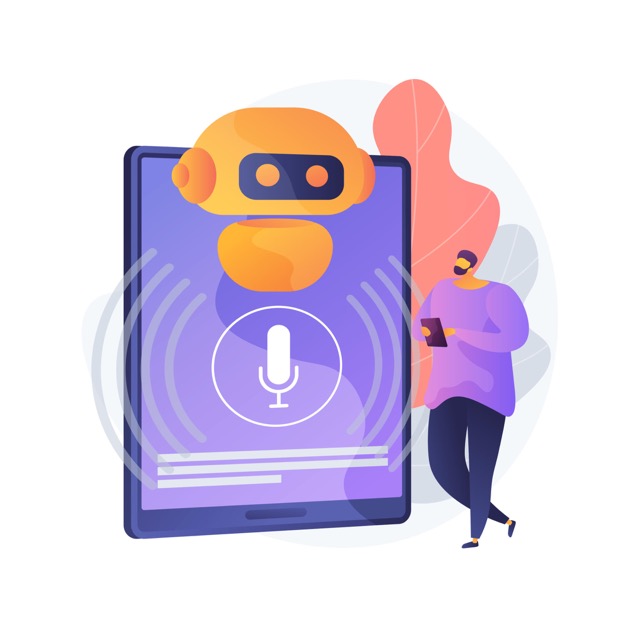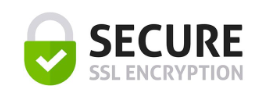Founded in Denmark. We respect your privacy.
Join a worldwide community of language learners
Connected Speech: How ‘What do you want to do?’ Becomes ‘Whaddaya wanna do?
Last updated on
Think of English like a piece of music: the sheet shows every note clearly, but when the orchestra plays, some notes blur, slide, or vanish into rhythm. You study the sentence “What do you want to do?” on paper, but in real life, it comes out as “Whaddaya wanna do?” a melody of sound rather than a string of separate words.
The first time you hear this, it can feel like the language you studied and the language people actually speak are two different worlds. That’s because connected speech, how words link together in natural conversation, changes the way English sounds.
If you’ve ever felt lost listening to a native speaker, don’t worry. You’re not missing vocabulary; you’re missing the shortcuts that make spoken English sound alive. And once you notice them, the code starts to crack.
What Is Connected Speech
If written English is a map, connected speech is the shortcut locals take to get somewhere faster. Instead of carefully pronouncing each word in a sentence, sounds link, shrink, or sometimes disappear altogether to keep the rhythm of the conversation smooth.
You’ve already heard it: “want to” turns into “wanna,” “going to” becomes “gonna,” and “did you” slides into “didja.” These changes aren’t sloppy speech, they’re part of how English naturally flows when spoken quickly. They keep the language from sounding choppy and help it flow smoothly.
As a learner, this is where the real challenge begins. You may recognize the words on paper, but when you hear them blurred together, it feels like a different language. Once you start tuning in, though, you’ll realize it’s not about new vocabulary, it’s about noticing how everyday English bends the rules.
Why It Matters for Learners
Think of connected speech as the hidden thread that ties spoken English together. Without it, you can read the words but struggle to follow the conversation. With it, you not only hear clearly you respond naturally.
1. Listening Comprehension
You might know every word in a sentence, but once they’re squished into “Whatcha gonna do?”, they suddenly sound unrecognizable. Training your ear to catch these shortcuts is what makes movies, podcasts, and everyday talk click.
2. Fluency & Confidence
When you start using connected speech yourself, you stop sounding mechanical. Instead of pausing between each word, your sentences flow and so does your confidence.
3. Cultural Integration
Connected speech is where real bonding happens. Imagine joining colleagues for coffee, hearing “Whatcha up to?”, and smoothly answering without hesitation. That’s when you feel part of the group, not just a learner outside it.
Common Patterns of Connected Speech
Connected speech is like discovering a secret code once you know the rules, English conversations start making sense in ways they never did before. Here are the main patterns you’ll hear every day:
Contractions & Reductions
Words shrink to fit the rhythm: “want to” → “wanna,” “going to” → “gonna.” Try saying them quickly—you’ll notice your tongue prefers the shortcut.
Linking Sounds
When one word ends and the next begins, English loves to glue them together. “Go on” often sounds like “g’won.” It’s not two words anymore, it’s one smooth sound.
Dropping & Assimilation
Some sounds vanish, others change to match their neighbors: “next day” → “nexday” or “don’t you” → “doncha.” It may look odd on paper, but your ears will catch it everywhere.
Once you tune in, these patterns stop being confusing and they become clues.
How to Practice Connected Speech
Mastering connected speech isn’t about memorizing long lists—it’s about training your ear and your tongue little by little. Here are three ways to get started:
1. Shadow Native Speakers
Listen to movies, podcasts, or even short video clips, then repeat right after the speaker. Focus less on the words and more on how the sounds blur together.
2. Record Yourself
Say the formal version (“What do you want to do?”), then the connected one (“Whaddaya wanna do?”). Hearing the difference side by side will sharpen your awareness.
3. Practice Short Phrases
Instead of forcing yourself through long sentences, repeat small chunks like “gonna go,” “didja see,” or “wanna try.” These build natural rhythm over time.
With tools like Talkio, you can go further practice in life-like conversations, get instant feedback, and actually hear your progress. Try a 7-day free demo or reach out for team training options.
Takeaway
Connected speech is the missing link between studying English and actually living it. On paper, sentences look clean and separate, but in conversation, they bend and blend.
That’s not a mistake, it’s the rhythm of real communication. Don’t shy away from these shortcuts; lean into them.
With steady practice, what once sounded like noise begins to sound like language you own. The moment you hear “Whaddaya wanna do?” and answer without hesitation, you’ll know you’ve moved beyond textbooks into true fluency.
Talk Your Way
to Fluency

Talkio is the ultimate language training app that uses AI technology to help you improve your oral language skills!
Try Talkio


